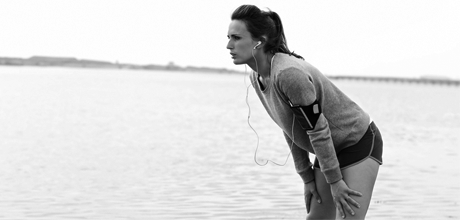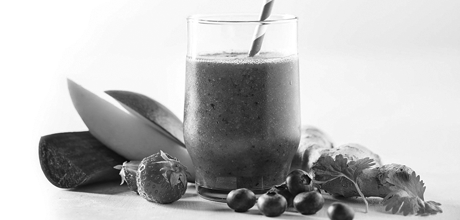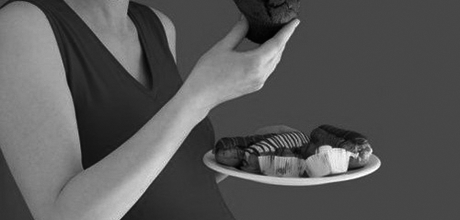
It’s no secret that fat loss is a modern obsession. Most of us have some, most of us want to lose some. Surprisingly, then, one of the most obvious questions raised by all this fat-fixating is never really addressed: when it leaves our bodies, where does the fat actually go?
If you’re unsure, you’re not alone. Some would believe that fat turns into muscle, or that it leaves the body via the colon, both of which are incorrect. Others may believe that fat is converted into energy and lost as heat (no doubt based on the “energy in equals energy out” assumption). Trouble is, this would disobey a fundamental law of chemical reactions, known as the conservation of matter (or mass), which states that the same amount of matter comes out of a reaction as goes into it. It doesn’t simply vanish.
Put simply, fat tissue is full of lipids – compounds that store energy. Even if those compounds are broken down and generate heat, you’re still left with the same number of atoms you started with.
So, where does the fat go?
When you begin to run low on fuel you produce a hormone that, when mixed with oxygen, breaks down fat in order to use its energy. When fat is metabolized, it needs to go somewhere. Once converted to carbon dioxide and water, over 80 percent of each measurement of fat leaves the body as CO2. The rest is released as sweat and urine.
Unfortunately, this doesn’t mean you can get rid of any unwanted jiggle by simply huffing and puffing on the couch. When you engage in any form of physical activity, however, your body’s metabolic rate is raised significantly. So a higher intensity workout will produce more huffing and puffing – more energy burned, more converted fat expelled.
Knowing that fat is actually leaving your body via your lungs might even make those extra reps a little easier to get through.







